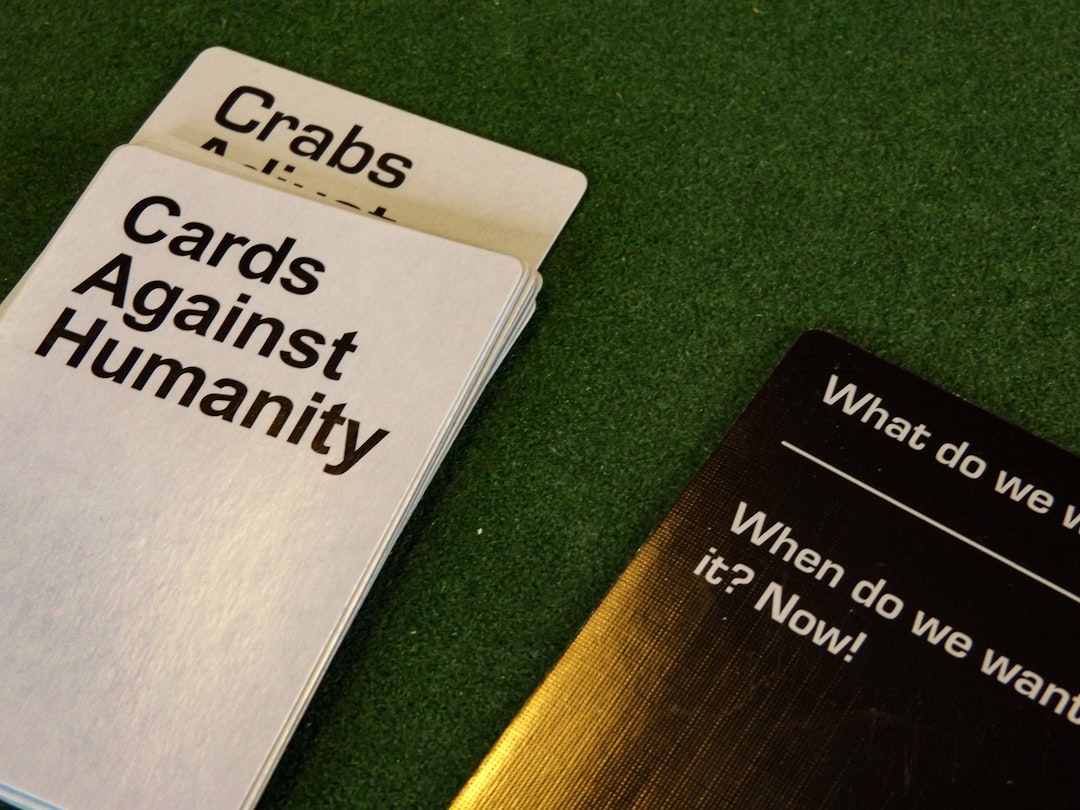Once you get hooked on a game or social media, it’s hard to let go. When you get more ‘likes’, you feel accomplished and want to post again. When you clear level 1 and get an item, you start to crave the item in level 2. This is not just because it is fun, but because it taps into the deep-seated desire for ‘rewards’ in our minds. This is what gamification does strategically by leveraging the user’s desire for rewards and achievements.
Gamification is currently utilized in various fields, and it should not be understood as merely focusing on ‘fun’. Gamification works in a smarter and more meticulous way. In this article, we will explore the precise concept and mechanism of gamification and find insights to keep your users thoroughly engaged.
What is Gamification?
Gamification is the application of game elements and reward system principles to environments that were not originally games. Games are based on the premise that ‘specific actions yield rewards’. The purpose is to integrate this psychological element into services and products, giving users the initiative to achieve goals and providing appropriate rewards to give them a sense of accomplishment and self-efficacy.
1. Creating Engagement
No matter how fun gamification is, if the tasks or difficulty do not change as progress is made, users will feel bored and drop out. New experiences no longer form. The difficulty should increase proportionately to their gradually improving skills, or the actions required should change to enhance user experience and create engagement.
Starbucks utilizes this principle well. Starbucks has a reward system that gives one star for each beverage purchased and changes it every season by giving more rewards for consuming specific drinks. This approach encourages users to keep challenging new goals, resulting in increased engagement.
2. Maintaining Awareness
Adding continuous changes in difficulty and missions does not necessarily sustain engagement. People do not use only our brand. Therefore, it is necessary to make it recognizable even when users are not using our service/product. Having processes that require daily actions or sending notifications to induce access are good methods. This naturally increases the time spent on the app or site, and raises MAU (Monthly Active Users) or DAU (Daily Active Users).
KakaoBank conducted a gamification called ‘Good Morning Challenge’, where users who logged in at a specific time every day for 26 days received subsequent rewards. They sent notification messages along with a reward of 1 won deposit daily to keep users focused on the gamification. This method significantly helps maintain brand awareness and user participation by ensuring daily app access.
3. Encouraging Continuous Participation
It’s challenging to draw continuous participation by giving 1000 won points to customers who make more than 10 purchases. Particularly in gamification, rewards play a very crucial role, and without satisfaction, there is no reason to continue. This is where retention drops. Users need to feel that the time and effort they invested are appropriately rewarded and that this sense of accomplishment makes them willingly respond to the next gamification. Thus, having a proper reward system is crucial for increasing retention.
Like how leveling up in a game allows you to acquire new skills or stronger weapons, the rewards users feel from participation should be specific and meaningful. This makes users feel recognized for their efforts, and they continue to participate.
4. Making It Hard to Quit
You need to make users feel ‘stored value’ by setting time constraints. Without a sense of scarcity, users will eventually stop participating and leave. Therefore, set a specific period, and if actions are not taken within that time, the rewards should expire. Users will feel that it’s a waste to lose the achievements they have accumulated so far, reducing the probability of churn.
For example, there is a clear difference between giving a free drink for collecting 5 stars within a month and giving a reward for collecting 5 stars over a lifetime. This is why franchise cafes that give online stamps set expiration dates on the stamps. This method ensures that users continuously participate to maintain their current achievements and earn more rewards.

Common Elements of Successful Gamification
Unlike games, gamification is designed to achieve goals such as activating MAU, increasing retention, and acquiring new customers. Therefore, there are strategic points to consider before utilizing gamification.
1. Setting Clear Goals
Clearly define why you want to use gamification and what ultimate goals you want to achieve through it. Whether it’s to increase retention or provide a more enjoyable UX to enhance the brand experience, setting these goals determines the specific form of gamification.
2. Accurate Analysis of Target Audience
Analyze the characteristics of the target users for gamification elements. People have very diverse preferences and behavior patterns, and without providing a customized experience for the users you are trying to apply the strategy to, the fundamental goal of inducing ‘participation’ will fail.
3. Providing Autonomy Instead of Coercion
The moment specific actions are forced, it’s no longer a game. Users should discover and participate in gamification voluntarily and find joy in it. Immersion can be formed in the process of self-challenge and achievement.
4. Clearly Defined Rewards
‘Expectations’ lead to ‘motivation’, and motivation leads to the action of ‘participation’. If the reward system is too complex or if the rewards do not match the time and effort invested, the gamification effect will fail. Instead, only negative experiences can accumulate. Therefore, clearly define what actions will yield rewards and explain them intuitively.
5. Considering Responses When Users Fail
The foundation of gamification should be ‘positive and enjoyable experiences’. Therefore, while it is very important to consider the rewards when users achieve goals, it is equally important to consider how to encourage and re-engage them when they fail. Design reward actions considering both ‘achievement desire’ and ‘the desire to avoid failure’.

In Conclusion
Gamification is not merely about introducing game elements but a powerful tool that deeply understands and strategically utilizes user psychology and behavior. Successful gamification is achieved through clear goal setting, accurate analysis of target users, providing autonomy, intuitive reward systems, and responses to failure. Integrating these elements effectively provides continuous motivation to users and strengthens their relationship with the brand.
The core of gamification is to offer experiences that provide psychological rewards and a sense of accomplishment beyond mere fun. This approach encourages user participation and creates a strong connection with the brand. Additionally, by leading users to participate voluntarily, brand loyalty and engagement are naturally increased.
In today’s highly competitive market, capturing and retaining user attention is crucial. Gamification plays a significant role in this process as a differentiated strategic approach to captivate users and build long-term relationships with them. Beyond simple promotions or one-time events, continuous interaction with users is necessary to convey brand value and enhance user loyalty.
Therefore, by understanding the importance and application methods of gamification through this article and putting them into practice, you can innovate user experiences and maximize business performance. Utilize gamification to provide unforgettable experiences for your users and solidify your relationship with them.
